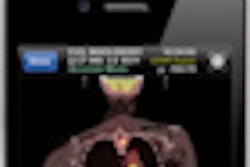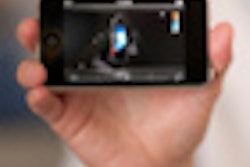Tuesday, November 29 | 10:50 a.m.-11:00 a.m. | SSG07-03 | Room S402AB
In this talk, a University of California, San Francisco (UCSF) team will explain why importing outside imaging studies into PACS can reduce the number of unnecessary repeat imaging tests.To control cost and radiation dose, it's important to perform a practice review to identify systematic sources of overutilization, said presenter Dr. Michael Lu. The researchers chose to focus on repeat imaging at the transfer of care between institutions, as the American Board of Radiology has identified this as a key source of overutilization, he said.
At UCSF, outside imaging studies are imported into the institution's PACS, enabling them to be accessed across the healthcare enterprise with the PACS software's familiar user interface. Testing the hypothesis that importing outside images to PACS reduces repeat imaging, therefore sparing the patient unnecessary cost and radiation dose, the researchers retrospectively studied patients who had received transarterial chemoembolization (TACE) for hepatocellular carcinoma.
This group was chosen because it was homogenous, with a common imaging workup (multiphase abdominal CT or MRI) for the same disease prior to a clear end point, the TACE procedure itself, Lu said.
Patients were divided into four groups based on the availability of outside imaging: outside imaging not available, outside imaging available on CD or film but not imported, outside imaging imported to PACS, and no outside imaging (i.e., a control group who had all their imaging at their institution).
After adjusting for potential confounders including referring institution and the size and number of lesions, the odds of repeat imaging in the imported group were significantly lower than both groups with unimported outside imaging, and similar to the control group who had no outside imaging, Lu said.
"We hope that our results help inform institutions considering implementing import to PACS," Lu said. "Vendors should adhere to DICOM and [Integrating the Healthcare Enterprise (IHE)] standards to ensure that the portable media they generate is importable."




















